Features > Property News & Insights > Market updates
Nearly half of all Aussie suburbs now at record highs
.png)
Image by Peter Mares/TheConversation
KEY POINTS
- Cotality says 44.8% of Australian suburbs reached record property values in June 2025, with more expected to join as rate cuts fuel growth
- Brisbane and Regional Queensland top Cotality’s list with over 78% of suburbs at record highs. Perth followed with nearly 75%, while Adelaide reached 61.4%.
- While more than three-quarters of markets in Melbourne, Canberra and Hobart are below price peaks, Cotality indicates this can present good value for savvy buyers
New data shows that nearly 45% of all suburbs across Australia are now seeing property values at a record high.
The suburb-level analysis compiled by Cotality (formerly CoreLogic) shows the broad-based nature of the current housing upturn, with values across 44.8% of the 3,722 suburbs analysed sitting at a peak at the end of June.
And Cotality says it expects more suburbs to join the list over the coming months, as property prices accelerate on the back of interest rate cuts.
Momentum building
Cotality says that although the majority of suburbs nationwide are not currently at a record high, “momentum is building.”
“At the end of June, values across 329 suburbs were within 0.5% of their previous peak, with 290 of those recording value rises over the quarter,” the company states.
With Cotality recording national dwelling values up 0.6% in June, the data analytics firm believes the proportion of suburbs at peak will climb above the 50% mark in the next few months.
Cotality Economist Kaytlin Ezzy says the data shows the widespread nature of the housing market's recent recovery.
“While national indices provide a macro view, suburb-level data shows how widespread this growth phase really is,” she says.
“The fact that so many suburbs are either at or just shy of their peak shows not only the diverse recovery in markets like Sydney and Melbourne, but also the continued resilience of recent hotspots including Brisbane, Perth and Regional Australia.”
The analysis also highlights how market performance has diverged across the country over recent years.
Several cities - including Sydney, Perth, Adelaide, and now Darwin - have returned to peak, while others are still making up ground.
Ms Ezzy points out that local economic conditions, housing supply levels and migration trends continue to affect the pace at which individual markets have recovered from the downturn after the Covid-19 property boom.
While most capitals and the rest of the state regions are at new median value highs, recovery in others has been more sluggish.
Queensland and WA lead the charge
Cotality’s data shows Greater Brisbane and Regional Queensland recorded the highest share of suburbs at median home value peaks, at 78.8% and 77.7% respectively.
All the top ten fastest-growing suburbs in Greater Brisbane in terms of home values were located in affordable suburbs around Ipswich, west of the city.
The top performer was the suburb of One Mile, around 47 km from Brisbane’s CBD.
It’s seen just under 20% capital growth in the last year and just under 125% over the past five years.
With a median price of $627,572, it’s also still relatively affordable, given that Cotality calculates the median dwelling in Greater Brisbane at $926,243.
Perth
Next comes Perth with 74.8% of suburbs recording all-time highs.
The geographic spread of the top ten suburbs at record peaks is more varied here, with Mandogalup - 29 km to the south of the CBD leading the charge - with an astonishing annual growth rate of 21.3%, followed by Koongamia in the city’s north-east with 17.5% median value growth over the last 12 months.
Adelaide
Across Adelaide, 61.4% of suburbs were at median value peaks at the end of June 2025, and the top ten performers were all affordable suburbs in the city’s booming northern suburbs, particularly around Elizabeth.
Sydney
The suburb of Bonnyrigg in the city’s south-west was Sydney’s best performer.
With a median value of $1,127,288, the suburb has seen 14.6% growth over the past year - a stunning result compared to the Harbour City’s overall lacklustre dwelling value growth of 1.3%.
Melbourne
“Across Melbourne, only 12.9% of suburbs saw record highs in June,” Cotality’s Kaytlin Ezzy says.
The top performer in Melbourne was Eumemmerring in the city’s sprawling southeast.
37 km from the CBD, it’s experienced 7.9% median value growth over the past year.
Number two was Dallas.
Just 18.5 km north of the CBD, this well-established suburb is particularly popular with Turkish, Lebanese and Iraqi immigrants, but still has a relatively affordable median home price of $595,314, more than $200,000 below the Greater Melbourne median of $796,952.
Ms Ezzy says, in Canberra, only eight suburbs saw peak values at the end of June 2025, while Hobart saw just one suburb (Brighton) record a new high.
“Despite home values trending higher through much of 2025, values across these broader regions (Greater Melbourne, Canberra and Hobart) remain -3.9%, -5.3% and -10.2% below their respective 2022 peaks,” she says.
“While this might be received as bad news for homeowners, prospective buyers in these markets are in the position to access housing at prices lower than they were three years ago.”
Darwin’s long recovery
Cotality says Darwin has staged a standout recovery, with dwelling values reaching a new record high in June, the city’s first in more than a decade.
Cotality says the NT capital’s housing market has turned a significant corner after a prolonged downturn, which saw values fall 26.7% between 2014 and 2020.
“Market dynamics across Darwin’s housing market have undergone a remarkable transformation,” says Cotality’s Kaytlin Ezzy.
The top performer was the northern suburb of Tiwi, which has seen 13.7% growth across the last 12 months.
“After years of subdued conditions following the end of the mining infrastructure boom, we’re now seeing demand and supply rebalancing in a way that supports further value growth,” Ms Ezzy says.
“Investor activity has surged 98.2% year-on-year, while advertised supply remains tight and sales volumes have jumped 44%, all contributing to a renewed upswing in values.
“Although unit values across the city remain below their previous highs, the broader dwelling market has firmly turned a corner,” she says.
Stay Up to Date
with the Latest Australian Property News, Insights & Education.




.png?width=292&height=292&name=Copy%20Link%20(1).png)
 SIGN UP FOR FREE NEWSLETTER
SIGN UP FOR FREE NEWSLETTER
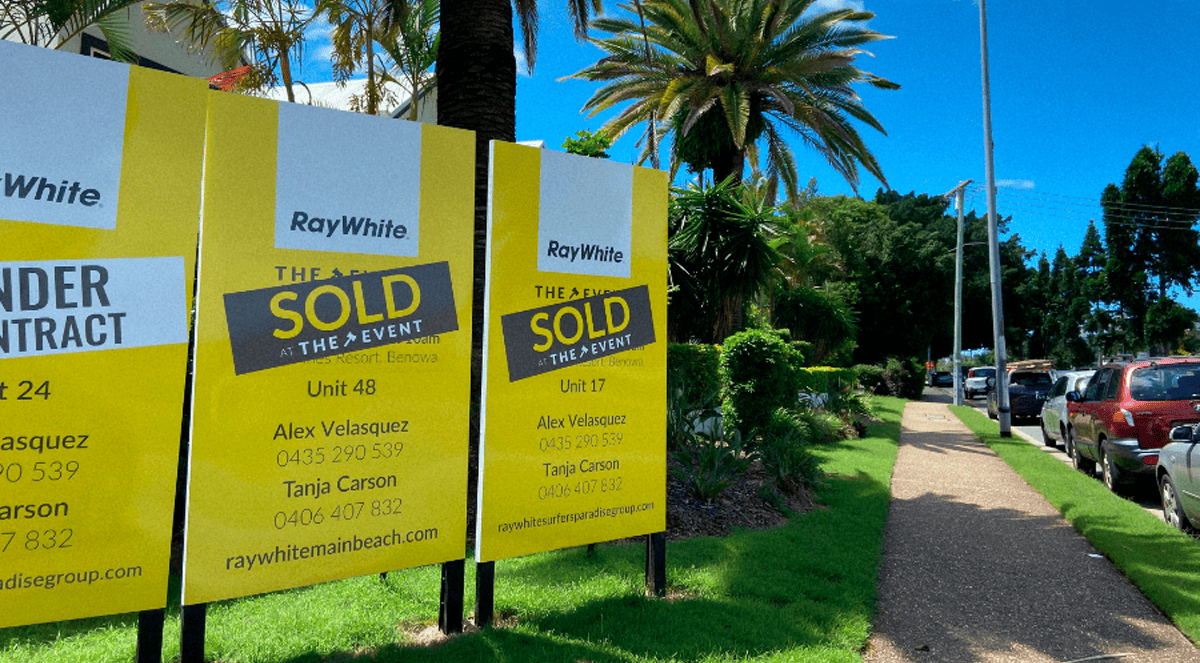
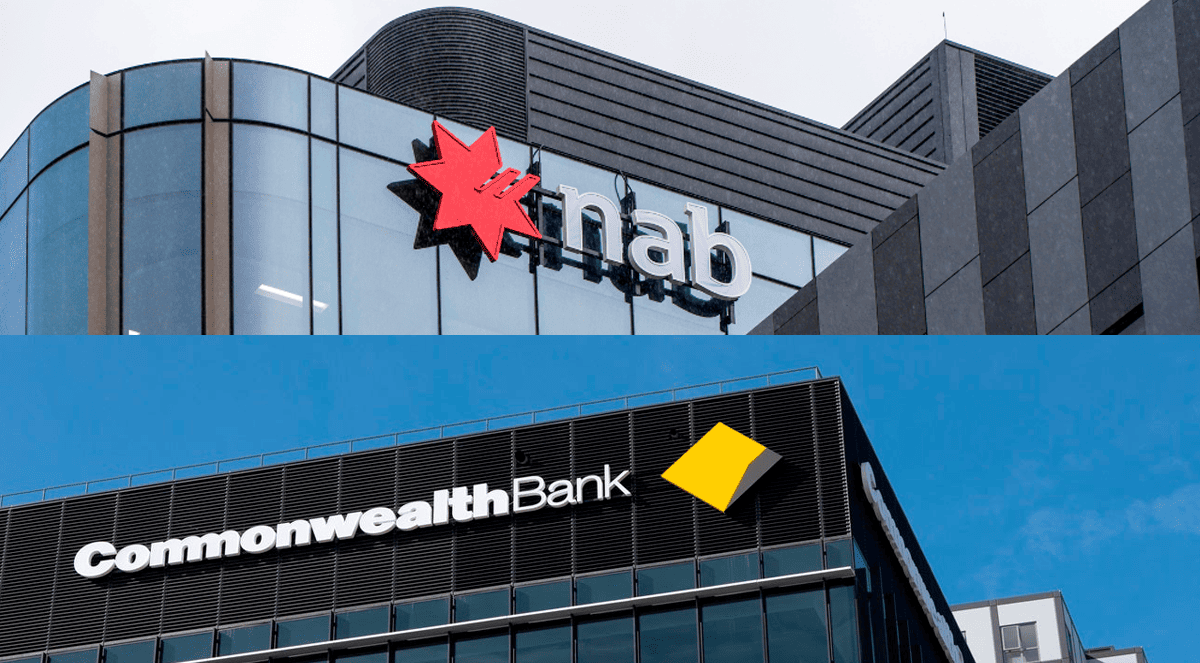
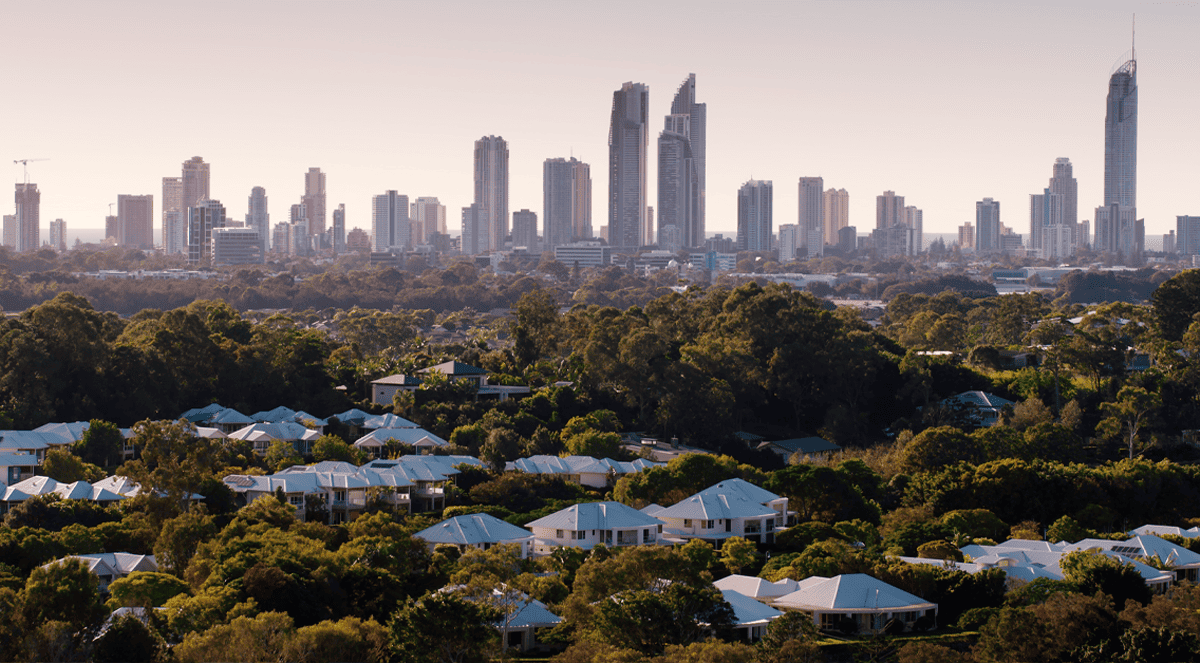
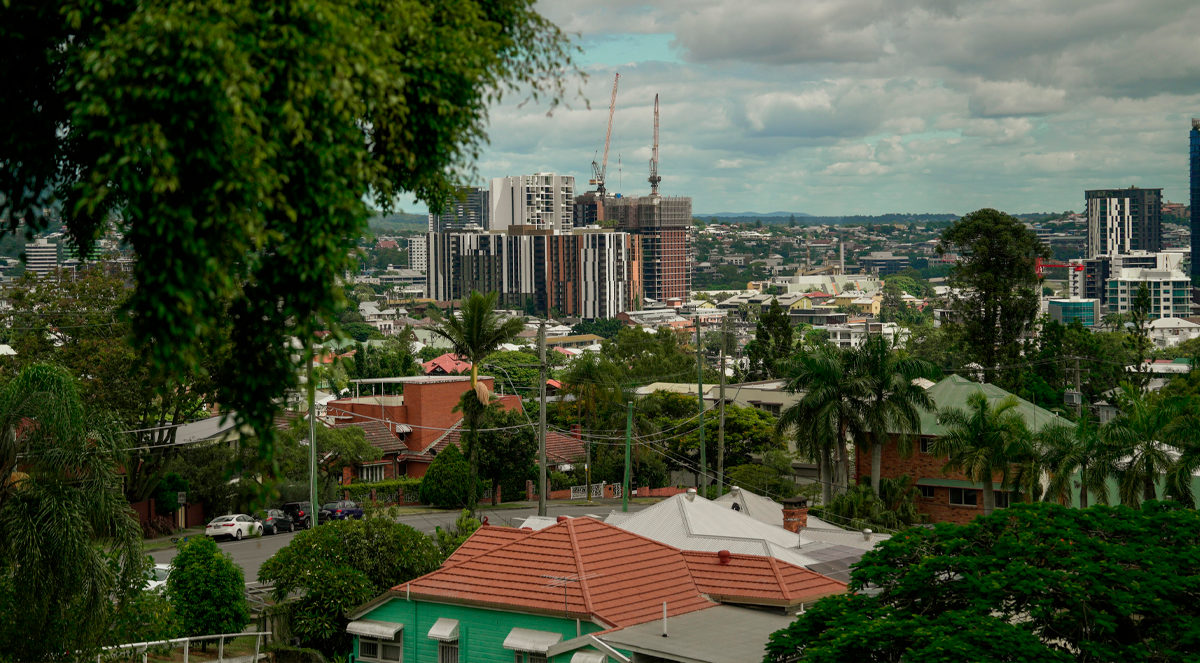
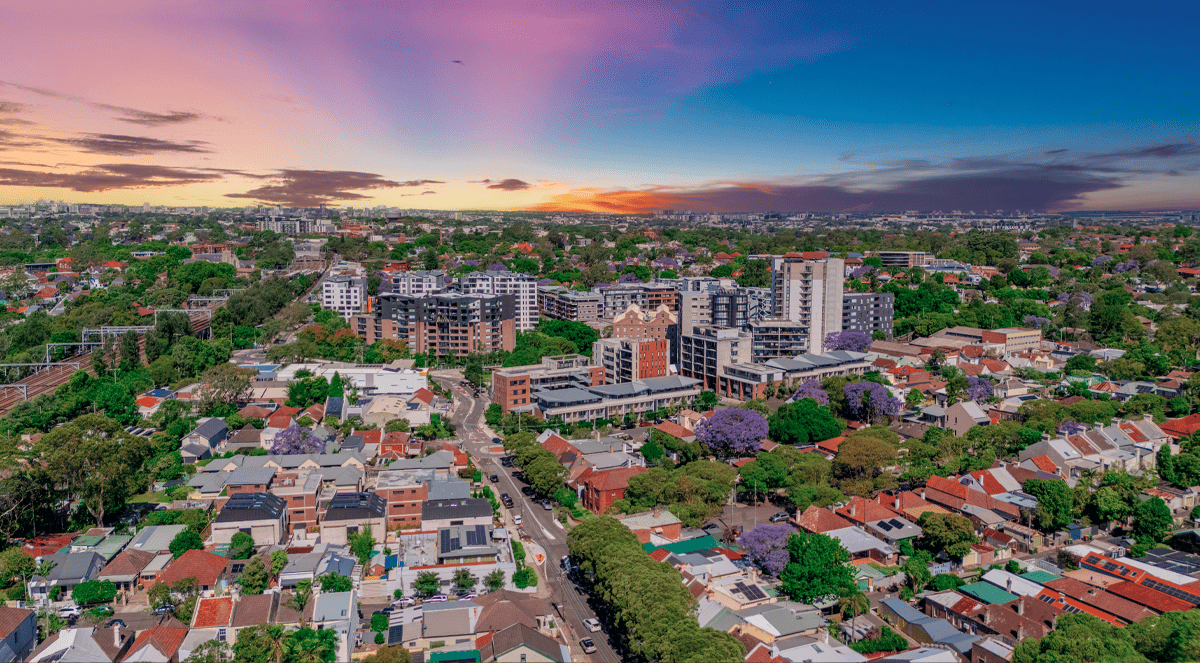
.jpg?width=1920&height=1080&name=Warning%2c%20You%20Might%20Be%20Facing%20Higher%20Taxes%20Soon%20(1).jpg)





.png?width=1920&height=1080&name=Rate%20Drops%20Signal%20BIGGEST%20Property%20Boom%20in%20DECADES%20(1).png)

.jpg?width=1920&height=1080&name=Labor%20vs%20Liberal%20These%20Housing%20Policies%20Could%20Change%20the%20Property%20Market%20Forever%20(1).jpg)
.jpg?width=1920&height=1080&name=QLD%20Slashes%20Stamp%20Duty%20Big%20News%20for%20Investors%20%26%20Home%20Buyers%20(1).jpg)
.jpg?width=1920&height=1080&name=Trump%20Just%20Slapped%20Tariffs%20%E2%80%93%20Here%E2%80%99s%20What%20It%20Means%20for%20Australia%20(1).jpg)
.jpg?width=1920&height=1080&name=Federal%20Budget%202025%20More%20Debt%2c%20No%20Housing%20%E2%80%93%20Here%E2%80%99s%20What%20You%20Need%20to%20Know%20(1).jpg)
.jpg?width=1920&height=1080&name=Australias%20Housing%20Crisis%20is%20about%20to%20get%20MUCH%20Worse%20(New%20Data%20Warns).jpg)
%20(1).jpg?width=1920&height=1080&name=Australias%20RENTAL%20CRISIS%20Hits%20ROCK%20BOTTOM!%20(2025%20Update)%20(1).jpg)
%20(1).png?width=1920&height=1080&name=Is%20Adelaide%20Still%20a%20Good%20Property%20Investment%20(2025%20UPDATE)%20(1).png)
.jpg?width=1920&height=1080&name=RBA%20Shocks%20with%20Rate%20Cuts!%20What%E2%80%99s%20Next%20for%20Property%20Investors%20(1).jpg)
%20(1).jpg?width=1920&height=1080&name=I%20Predict%20The%20Feb%20Rate%20Cut%20(My%20Price%20Growth%20Prediction)%20(1).jpg)
.png?width=1920&height=1080&name=Why%20Property%20Prices%20Will%20Rise%20in%202025%20Market%20Predictions%20(1).png)
.jpg?width=1920&height=1080&name=Why%20Investors%20Are%20Choosing%20Apartments%20Over%20Houses%202%20(1).jpg)
.jpg?width=1920&height=1080&name=Why%20Rate%20Cuts%20Will%20Trigger%20A%20Property%20Boom%20(1).jpg)
.jpg?width=1920&height=1080&name=Retire%20On%202Million%20With%20One%20Property%20(Using%20SMSF).jpg)
.jpg?width=1920&height=1080&name=4%20Reasons%20Why%20You%20Should%20Invest%20in%20Melbourne%20Now%20(1).jpg)
%20(1).jpg?width=1920&height=1080&name=Old%20Property%20vs%20New%20Property%20(Facts%20and%20Figures%20Revealed)%20(1).jpg)
%20(1).jpg?width=1920&height=1080&name=Will%20The%20New%20QLD%20Govt%20Create%20a%20Property%20Boom%20or%20Bust%20(My%20Prediction)%20(1).jpg)
%20Scott%20Kuru%20(1).jpg?width=1920&height=1080&name=Inflation%20Hits%20Three-Year%20Low%20(Will%20RBA%20Cut%20Rates%20Soon)%20Scott%20Kuru%20(1).jpg)
.jpg?width=1920&height=1080&name=How%20to%20Buy%20Investment%20Property%20Through%20SMSF_%20The%20Ultimate%20Guide%20(1).jpg)
.jpg?width=1920&height=1080&name=Victoria%20Slashes%20Stamp%20Duty%20Melbourne%20Set%20to%20Boom%20Scott%20Kuru%20(1).jpg)
.png?width=1571&height=861&name=Are%20Foreign%20Buyers%20Really%20Driving%20Up%20Australian%20Property%20Prices%20(1).png)
.jpg?width=1920&height=1080&name=The%20Single%20Factor%20That%20Predicts%20Property%20Growth%20Regions%20(1).jpg)
%20Scott%20Kuru%20(1).jpg?width=1920&height=1080&name=My%20Prediction%20On%20Rates%20%26%20Negative%20Gearing%20(Market%20Crash)%20Scott%20Kuru%20(1).jpg)

-1.png?width=1920&height=1080&name=Major%20Banks%20Cut%20Rates%20Will%20RBA%20Follow%20Suit%20(Sept%20Rate%20Update)-1.png)
%20Scott%20Kuru-1.png?width=1920&height=1080&name=Rate%20Cut%20Coming%20What%20New%20Zealands%20Move%20Means%20for%20Australia%20(Sept%20Prediction)%20Scott%20Kuru-1.png)
%20(1).jpg?width=1920&height=1080&name=Buy%20when%20the%20interest%20rates%20are%20high!%20(Why%20you%20must%20buy%20now!)%20(1).jpg)
.jpg?width=1920&height=1080&name=Carms_Revised%20Taxes%20Due%20Aug%209%20YT%20Thumbnail02%20(1).jpg)
.jpg?width=1920&height=1080&name=Carms_Too%20Little%20Too%20Late%20Aug%207%20YT%20Thumbnail01%20(1).jpg)









.jpg?width=1920&height=1080&name=Carms_Rate%20Drop%20In%20July%20Jun%2010%20YT%20Thumbnail02%20(1).jpg)
.jpg?width=1920&height=1080&name=Carms_Own%20a%20Property%20V6%20Jun%205_YT%20Thumbnail%20(1).jpg)









.png?width=1920&height=1080&name=Artboard%201%20(3).png)






.jpg?width=1920&height=1080&name=YT%20thumbnail%20%20(1).jpg)

